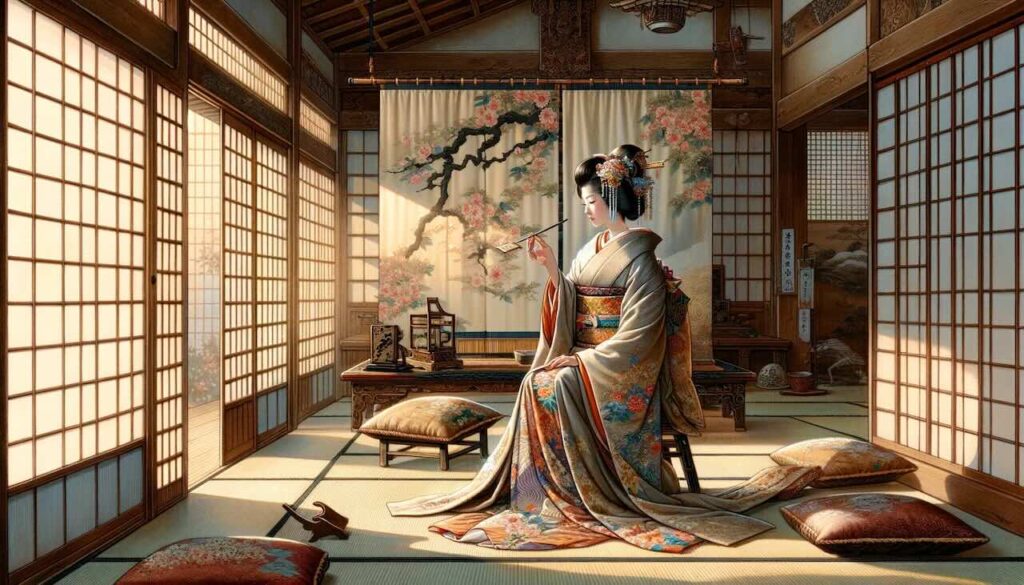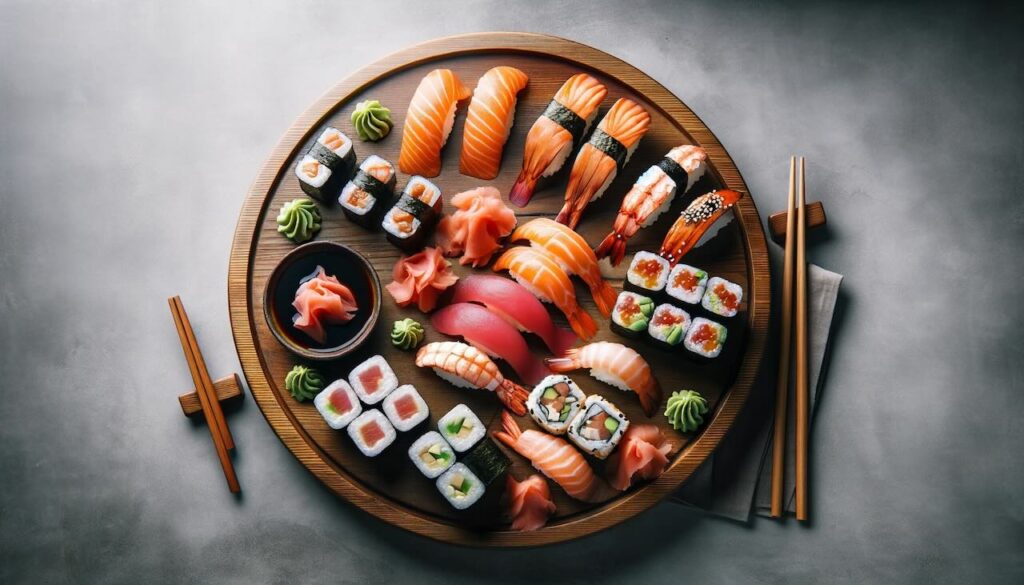In just 17 syllables, a haiku captures what entire pages of prose cannot: the essence of a moment, the texture of a season, the depth of emotion in a single breath. This iconic Japanese poetic form, now appreciated around the world, has evolved across centuries—from ancient court gatherings to social media feeds—while never losing its minimalist soul.
Let’s explore the rich history, cultural significance, and global reach of haiku, from its roots in classical Japan to its place in the modern literary landscape.
- Ancient Beginnings: The Hokku and the Courtly Tradition
- From Renga to Haikai: A Collaborative Evolution
- Bashō and the Birth of the Haiku
- Buson and Issa: Expanding the Emotional Palette
- Shiki and the Birth of Modern Haiku
- Haiku in the 20th Century: Innovation and Globalization
- Why Haiku Still Matters
- Conclusion: A Small Poem with Infinite Reach
Ancient Beginnings: The Hokku and the Courtly Tradition
Haiku’s story begins in the Nara period (710–794) with a poetic prelude known as the hokku. These 5-7-5-syllable verses served as the opening lines to waka poems during imperial poetry gatherings. Though initially a fragment, the hokku would lay the foundation for an entirely new poetic genre.
From Renga to Haikai: A Collaborative Evolution
Heian Period (794–1185): The Birth of Renga
The poetic culture of the Heian court gave rise to renga, a collaborative form in which poets would alternate lines to build a longer poem. These sequences often reflected refined themes and formal structures.
Muromachi Period (1336–1573): The Rise of Haikai
Over time, renga evolved into haikai, a looser and more playful form that embraced:
- Humor and satire
- Everyday language
- Greater accessibility
Haikai expanded the appeal of Japanese poetry, setting the stage for the emergence of haiku as a standalone form.
Bashō and the Birth of the Haiku
The Edo period (1603–1868) marked the haiku’s turning point. Matsuo Bashō, the most revered poet of the era, elevated the hokku into an independent poetic form, emphasizing:
- Simplicity
- Natural imagery
- Spiritual immediacy
His famous haiku—
An old pond / A frog jumps in / The sound of water
—epitomizes the Zen-like clarity and subtle depth that define haiku.
Bashō’s disciples helped establish the form as a literary genre in its own right.
Buson and Issa: Expanding the Emotional Palette
In the late 18th century, two poets shaped haiku’s expressive range:
- Yosa Buson: A painter as well as a poet, Buson emphasized vivid imagery and aesthetic detail.
- Kobayashi Issa: Known for his empathy and humor, Issa focused on the lives of ordinary people and small creatures, making haiku deeply relatable and humane.
Together, they helped popularize haiku among a broader audience.
Shiki and the Birth of Modern Haiku
The Meiji period (1868–1912) saw Japan rapidly modernize—and haiku with it. Masaoka Shiki revolutionized the form by:
- Coining the term “haiku” to distinguish it from haikai
- Promoting realism and objectivity in composition
- Reinforcing the use of kigo (season words) and kireji (cutting words)
Shiki’s legacy continued through poets like Takahama Kyoshi and Kawahigashi Hekigotō, who led the Hototogisu haiku movement, shaping the aesthetics of modern haiku.
Haiku in the 20th Century: Innovation and Globalization
Taishō and Shōwa Periods
Innovative poets such as Taneda Santōka and Nakamura Kusatao pushed the boundaries of haiku by:
- Embracing free verse
- Exploring personal and introspective themes
- Breaking from traditional seasonal motifs
Post-War Expansion
After World War II, haiku became a standard part of Japanese education and a vehicle for personal expression. Literary journals, competitions, and haiku societies flourished.
The Digital Era
Today, haiku thrives in the digital world. With platforms like Twitter and Instagram, a new generation of poets can:
- Share haiku instantly
- Experiment with language and visuals
- Connect with global audiences
Apps and online workshops have made haiku more accessible than ever before.
Why Haiku Still Matters
Haiku offers more than brevity—it offers clarity, stillness, and a moment of connection in an increasingly distracted world. Its enduring appeal lies in its ability to:
- Capture fleeting experiences
- Reflect seasonal and emotional shifts
- Inspire mindfulness through language
Whether written on parchment or posted on social media, haiku remains a powerful bridge between past and present, East and West, tradition and innovation.
Conclusion: A Small Poem with Infinite Reach
From its humble beginnings in Nara-era court poetry to its present role as a global literary phenomenon, haiku has journeyed across centuries with elegance and resilience. Shaped by great masters like Bashō, Buson, Issa, and Shiki, it continues to evolve while remaining deeply tied to the rhythms of nature and the human heart.
In just three lines, haiku invites us to pause, observe, and feel—reminding us that even the briefest verse can hold the weight of the world.


